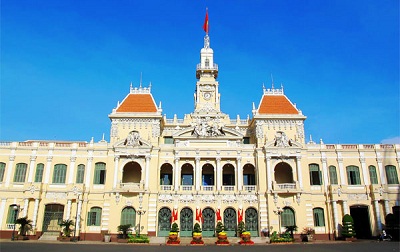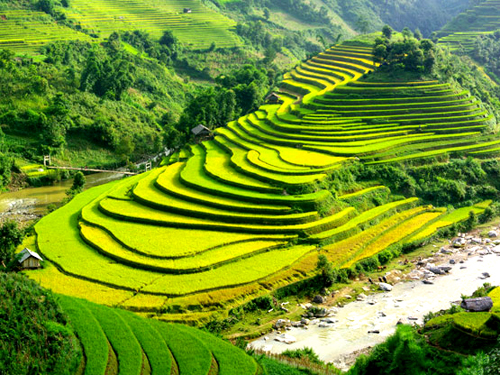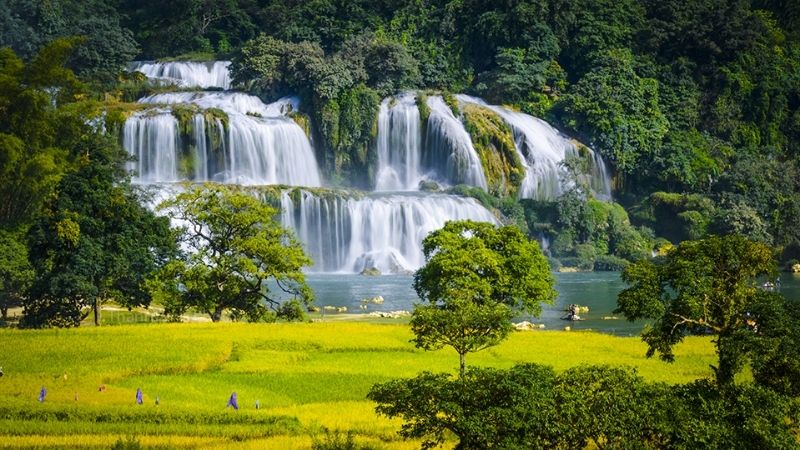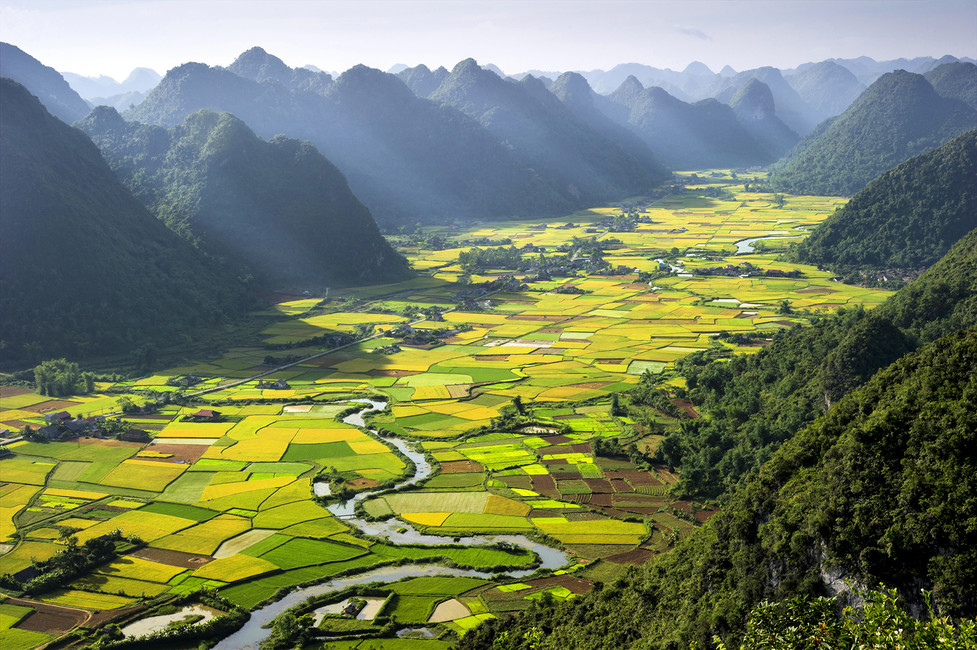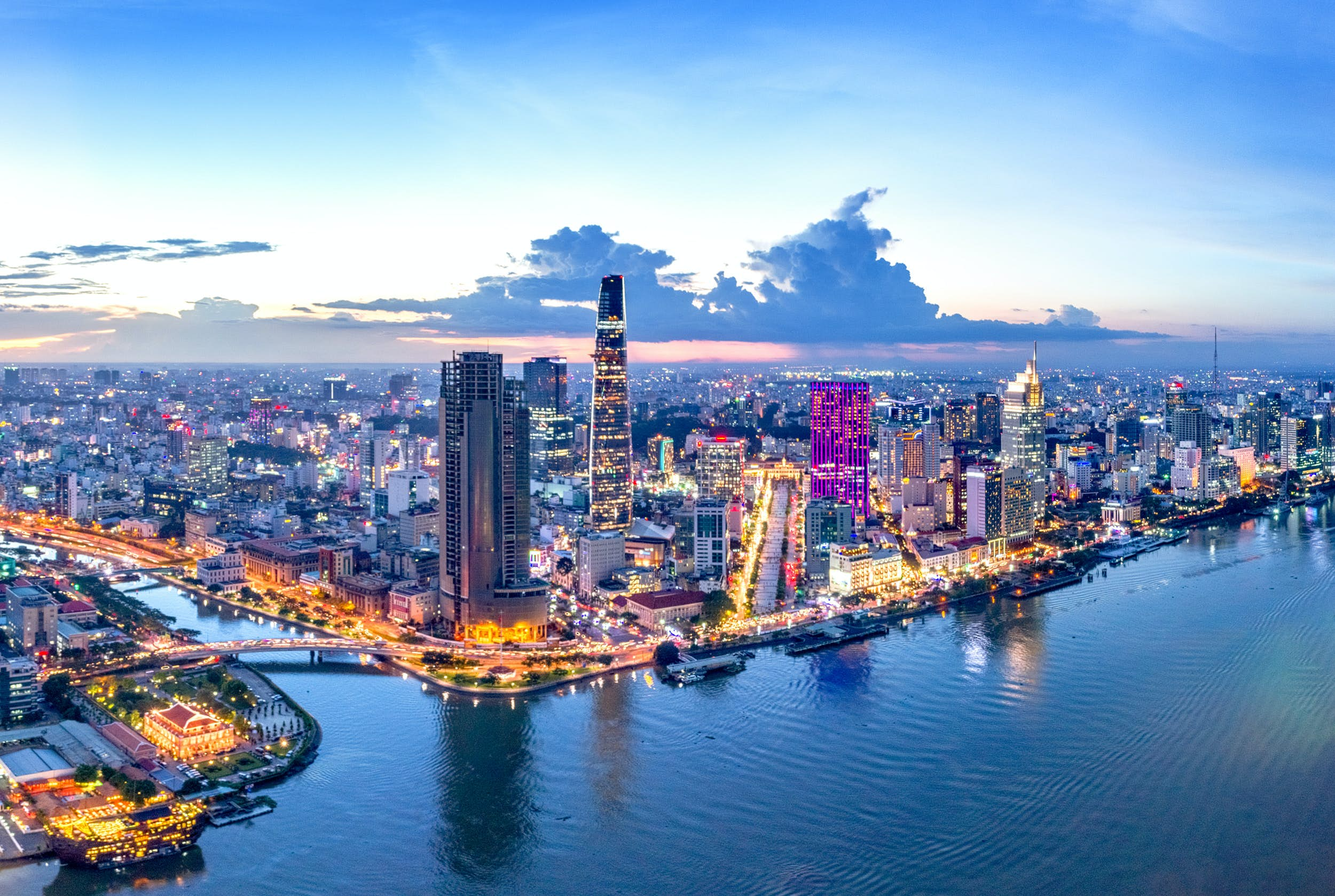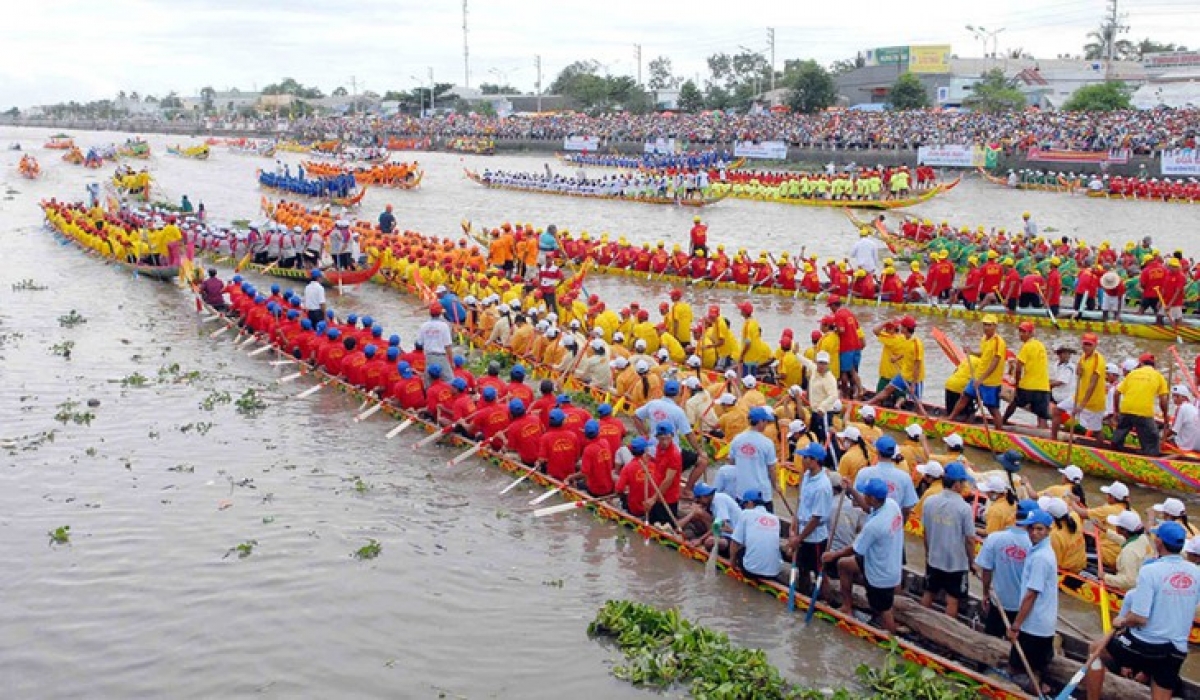A Comprehensive Guide to Vietnam’s Weather: Essential Tips for World Travelers
Vietnam, a beautiful Southeast Asian gem, offers stunning natural landscapes, rich culture, and incredible cuisine. However, its tropical monsoon climate varies significantly by region and season, which can greatly impact your travel plans. Understanding Vietnam’s weather is key to making the most of your trip. Here’s an in-depth guide to help you plan accordingly.
Overview of Vietnam’s Climate
Vietnam’s climate is diverse due to its elongated shape and varied topography. Generally, the country experiences three main climate regions:
- The North (Hanoi, Ha Long Bay, Sapa):
- Seasons: Four distinct seasons (spring, summer, autumn, winter).
- Winter (November to February): Cool and dry, with temperatures ranging from 10°C to 20°C (50°F to 68°F). It can be misty in mountainous areas like Sapa.
- Summer (May to August): Hot and humid, with temperatures reaching up to 38°C (100°F) and frequent rain.
- The Central Region (Hue, Da Nang, Hoi An):
- Seasons: Wet and dry seasons.
- Dry Season (March to August): Hot weather, with temperatures often exceeding 35°C (95°F).
- Rainy Season (September to November): Heavy rainfall and occasional typhoons.
- The South (Ho Chi Minh City, Mekong Delta, Phu Quoc):
- Seasons: Dry and wet seasons.
- Dry Season (November to April): Warm and sunny, with average temperatures of 25°C to 35°C (77°F to 95°F).
- Rainy Season (May to October): Tropical downpours, typically brief but intense.
Best Times to Visit
While Vietnam is a year-round destination, the best time to visit varies by region:
- Northern Vietnam: October to April offers pleasant weather, especially for trekking in Sapa and exploring Hanoi and Ha Long Bay.
- Central Vietnam: March to August is ideal for beach activities in Da Nang and Hoi An.
- Southern Vietnam: December to April is perfect for exploring Ho Chi Minh City, the Mekong Delta, and Phu Quoc Island.
Travel Tips for Vietnam’s Weather
- Pack Smart:
- Bring light, breathable clothing for hot and humid conditions.
- Pack a waterproof jacket or umbrella for the rainy season.
- Include warm clothing for northern regions during winter.
- Stay Hydrated:
- The tropical heat can be intense. Always carry water and stay hydrated.
- Plan for Rain:
- During the rainy season, schedule outdoor activities in the morning, as rains often occur in the afternoon.
- Check Typhoon Warnings:
- If visiting Central Vietnam during typhoon season, monitor weather forecasts and adjust plans if necessary.
- Trekking Essentials:
- For trekking in Sapa or other northern highlands, sturdy shoes and layered clothing are essential.
Unique Weather-Related Experiences
- Spring Festivals: Visit in February or March to enjoy Tet (Vietnamese Lunar New Year) and vibrant flower festivals.
- Golden Rice Fields: September to October is harvest season in northern terraced rice fields like Mu Cang Chai.
- Beach Bliss: From April to August, Central Vietnam boasts calm seas and sunny skies, ideal for beachgoers.
Final Thoughts
Vietnam’s weather is as diverse as its culture and landscapes. By understanding the seasonal variations and planning accordingly, you can make your visit unforgettable. Whether you’re trekking in the cool northern mountains, relaxing on sunny central beaches, or navigating the lush southern Mekong Delta, Vietnam’s weather enhances its charm and allure.
Pack your bags and prepare for an adventure of a lifetime in this captivating country!
Start planning your tailor-made Viet Nam tour by contacting one of our specialists…
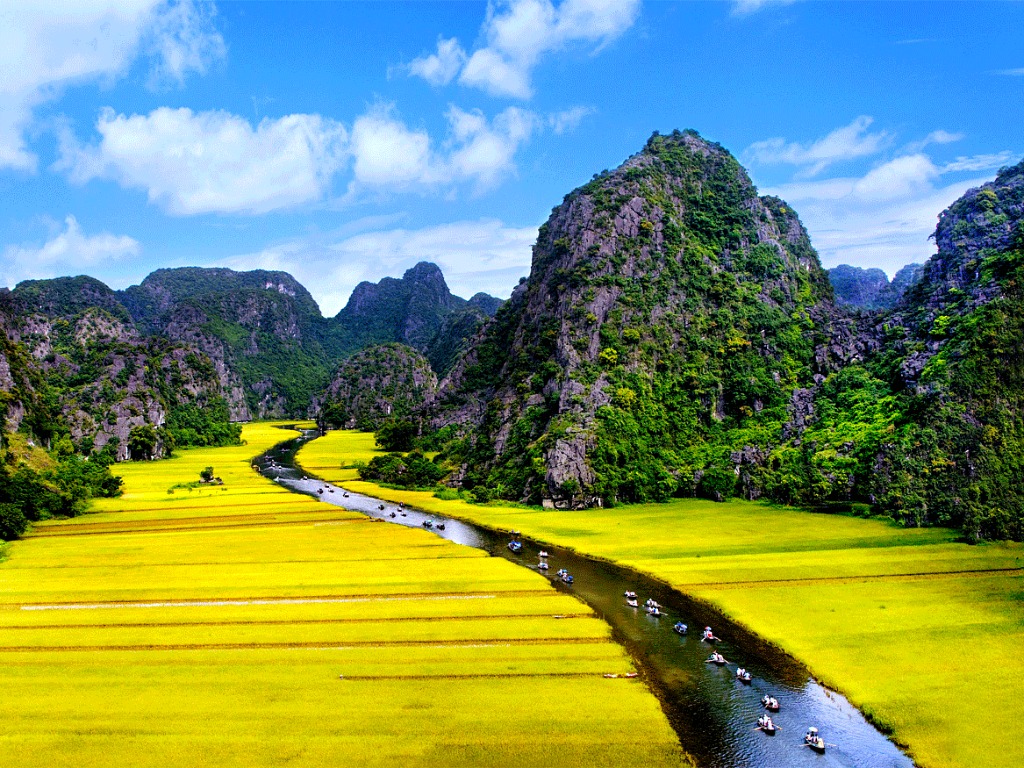
The Most Popular Articles




